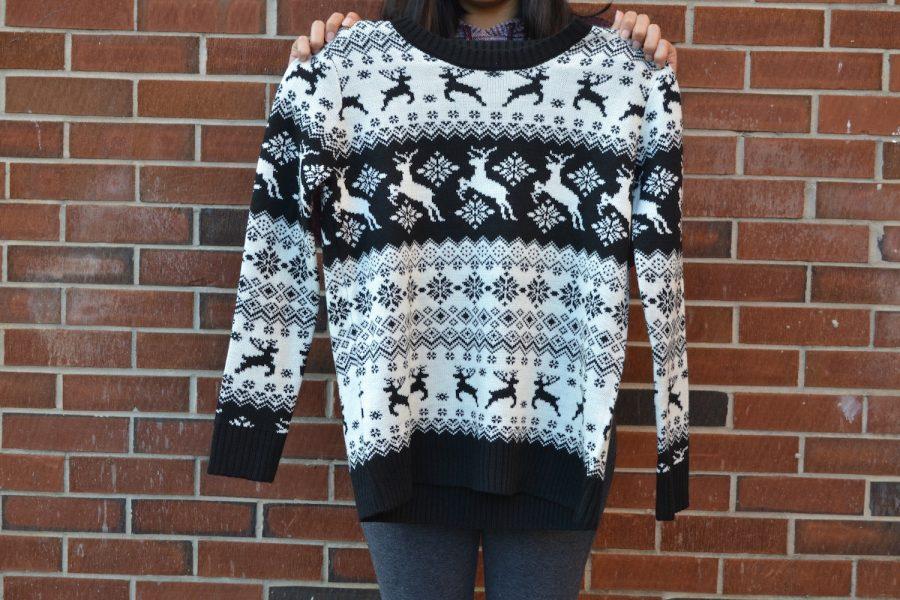Thrifting: Nifty or not?
A thrifty NC student picks up a cute Christmas sweater for the holiday season.
December 26, 2016
While sifting through piles of previously-loved t-shirts and sliding clothing across long racks, thrifting requires effortful attention to quality and enough patience to spend hours looking for the right find. Professional thrifters — usually cheap teenagers with underfunded clothing budgets — will swear by the second-hand gold mining, but does the end justify the means?
Used clothing stores stand as wonderful places of undiscovered treasures and lucky finds, but they can also resemble glorified trash heaps with price tags. While people usually receive no compensation for donations, better-quality stores such as Plato’s Closet, Uptown Cheapskate, and Ecologie offer monetary return for used clothing, jewelry, purses, and shoes. These stores, in turn, sell their items at higher prices and receive more name-brand, high-ticket items.
Still, the best and cheapest finds reside at the local Goodwill or flea market. The jewels beneath the seemingly endless amounts of tattered tees and coffee-stained pants make the excruciating patience needed to find them all worth the while.
For those who do not need to spend hours searching for a low-price find, thrifting may not add up. Why not just go to Forever 21 or H&M and buy brand-new items for nearly the same price as the used ones?
As far as the environment goes, thrifting helps alleviate pollution from the fashion industry. These labor-intensive industries impair the environment in a way that humankind may not directly see, but exists nonetheless.
Those with readily available shopping funds may say no to thrifting, but the monetarily-challenged see thrifting as a way to buy quality items with a little love.





